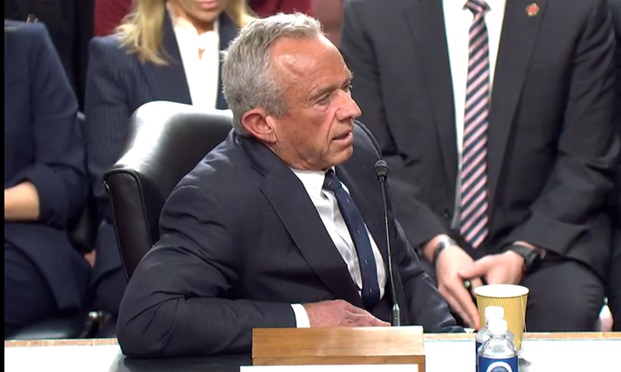Centene Corp. says it ended the first quarter with 139,400 Patient Protection and Affordable Care Act plan enrollees.
About 99,700 enrolled in Medicaid through PPACA Medicaid access expansion programs in California, Ohio and Washington.
Another 39,700 enrolled in individual qualified health plan coverage through the public exchange system.
Recommended For You
Centene is selling plans through the state-based exchanges in Massachusetts and Washington and through the federal ones in Arkansas, Florida, Georgia, Indiana, Mississippi, Ohio and Texas.
Centene executives talked about its early enrollment Tuesday during first-quarter earnings call. The company is reporting $33 million in net income for the quarter on $3.5 billion in revenue, up from $23 million in net income on $2.5 billion in revenue for the first quarter of 2013.
The company ended the quarter providing or administering health coverage for about 2.9 million U.S. residents, or about 0.9 percent of all residents, up from 2.6 million people a year earlier.
About 4.6 percent of its Medicaid enrollees were consumers who came in through Medicaid expansion.
The 39,700 exchange plan enrollees were Centene's only commercial health insurance plan enrollees. All of them paid their premiums, and the company says it expects to have about 70,000 paid enrollees by June 30.
During the conference call, analysts asked executives about reports that the QHP enrollees might be sicker and taking more prescription drugs than their counterparts in traditional commercial plans.
"The demographics of our enrollees are generally in line with our pricing expectations," Centene Chairman Michael Neidorff said during the call.
The average age of the enrollees is 43, and about 80 percent qualify for PPACA premium subsidies, Neidorff said.
K. Rone Baldwin, an executive vice president at Centene, said some widely reported analyses have compared plan enrollees with ordinary commercial plan enrollees. But Baldwin dismissed those comparisons.
"We priced for something that had higher morbidity than that," he said. "So, in some ways, what we're seeing is not out of line with what our expectations were."
Centene's actual first-quarter medical claims were down a little, mainly because the 2013-14 flu season was less severe, and because bad weather kept people from going to the doctor this winter, executives said.
In a report filed with the U.S. Securities and Exchange Commission, Centene included uncertainty about the PPACA risk management programs in a description of PPACA-related risk factors.
The programs might not be funded adequately or effective, the company warned.
Baldwin said it's too early for the company to know how the three Rs will affect the company's performance in 2014 or its coverage prices in 2015.
Executives at UnitedHealth Group Inc., a large carrier selling through only five exchanges, said last week they might sell through more next year.
Baldwin said Centene "may or may not expand the number" of exchanges it serves.
"If we do, it's going to be very modest in terms of how we expand," Baldwin said.
© Touchpoint Markets, All Rights Reserved. Request academic re-use from www.copyright.com. All other uses, submit a request to [email protected]. For more inforrmation visit Asset & Logo Licensing.






